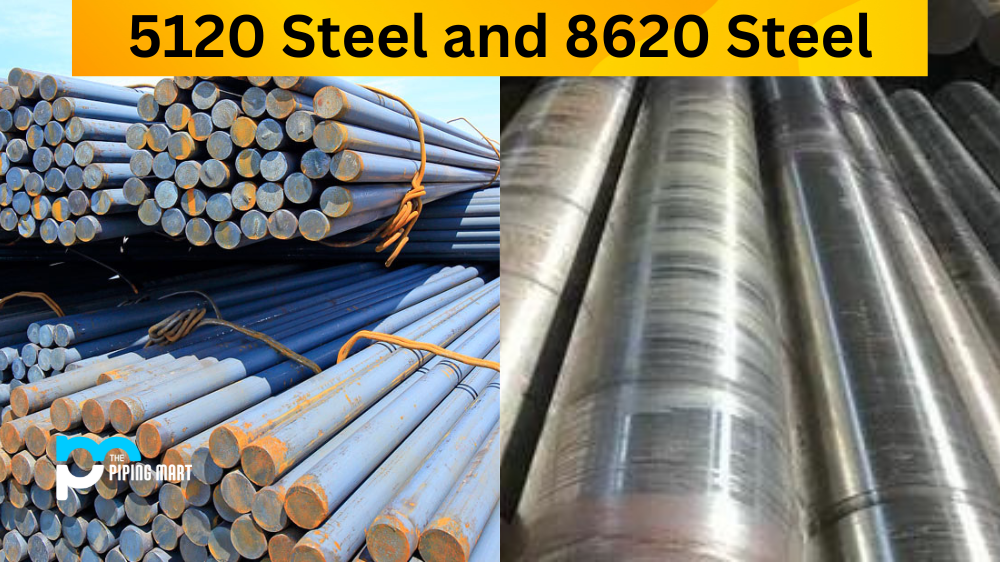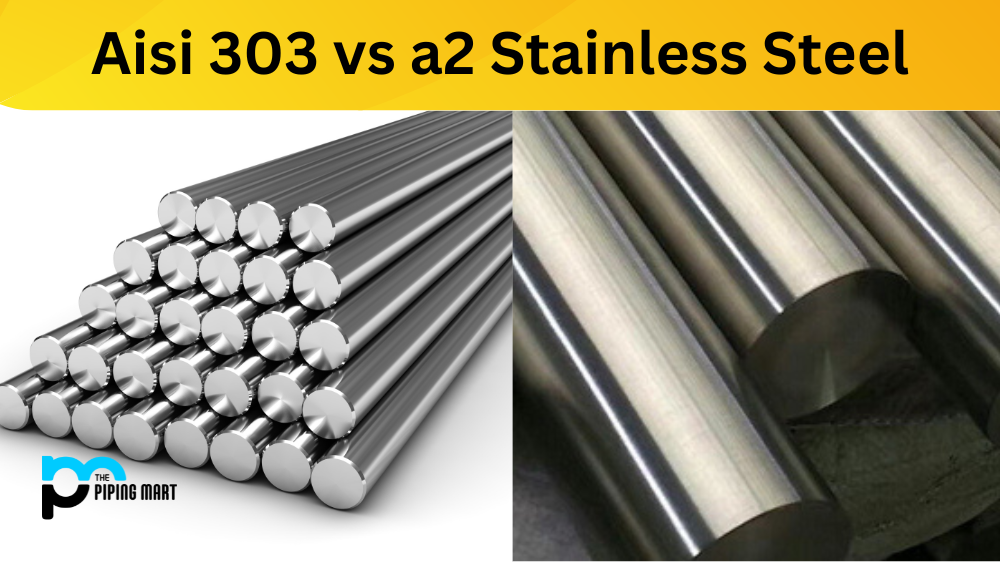Have you ever wondered what the difference is between aluminum 1060 and 5052? It can be challenging to keep track of all the different types of aluminium, and it’s essential to know the differences between them. This article will break down the key differences between aluminum 1060 and 5052 so that you can make an informed decision regarding your next project.
Aluminium 1060
Aluminum 1060 is an aluminium alloy that contains 99.6% aluminium. It is the most widely used aluminium alloy and is commonly used in sheet metal applications.
Aluminum 5052
Aluminium 5052 is an aluminum alloy that contains 96.3% aluminium. It is often used in marine applications due to its high corrosion resistance.
Difference Between Aluminum 1060 and 5052
Aluminium 1060 and 5052 are commonly used for projects such as frames, plates, sheets, bars, and even shipbuilding. They are both lightweight metals with a high strength-to-weight ratio. However, some key differences between them should be noted before purchasing.
The first difference is in their chemical composition. Aluminum 1060 contains 99.6% pure aluminium, while 5052 includes 98% pure aluminum and 2% magnesium alloyed. This small difference can significantly affect the properties of each metal when exposed to extreme temperatures or subjected to stressors like bending or forming.
Another difference is in their physical properties. Aluminum 1060 has a higher tensile strength than 5052, which means it holds up better under tension or pressure when bent or formed into a shape for a project. Additionally, aluminium 1060 has a more excellent electrical conductivity than 5052, making it more suitable for electronics applications where electricity needs to pass through quickly without much resistance.
It also has a lower melting point than its counterpart, making it easier to weld using traditional methods like gas tungsten arc welding (GTAW). On the other hand, aluminium 5052 has greater corrosion resistance due to its magnesium content, making it more suitable for outdoor applications where exposure to water or other elements could cause corrosion over time if not treated adequately with corrosion-resistant coatings or treatments.
Properties
The properties of aluminum 1060 and 5052 are similar, but there are some differences. Aluminium 1060 is softer and more ductile than 5052, making it easier to work with. However, 5052 is more corrosion-resistant and has a higher strength-to-weight ratio, making it the better choice for applications where these properties are essential.
Uses
Aluminum 1060 and 5052 are both commonly used in a variety of applications. Some common uses for 1060 include electrical components, roofing, and gutters, while 5052 is often used in marine applications, such as boat hulls and decking, due to its high corrosion resistance.
Advantages
The main advantages of aluminium 1060 over 5052 are its ease of workability and lower cost. The main advantage of 5052 over 1060 is its higher corrosion resistance.
Disadvantages
The main disadvantage of aluminium 1060 is that it is less corrosion-resistant than 5052. The main disadvantage of 5052 is that it can be more challenging to work with due to its higher strength-to-weight ratio
Conclusion:
When choosing between aluminium 1060 and 5052 for your next project, there are several important factors, such as chemical composition, physical properties, and application requirements like temperature or corrosion resistance. Both metals have unique advantages, but by understanding their differences, you can make an informed decision about which one best suits your needs, thus ensuring long-lasting performance and results from your next project! Intended Audience: DIYers looking for information about aluminum alloys for building projects
Meet Heer, a dynamic and driven writer learning tricks of her trade in the metal industry. With a background in Digital Marketing, Heer brings a unique perspective to her writing, sharing valuable insights. Apart from blogging she like reading and hiking.




